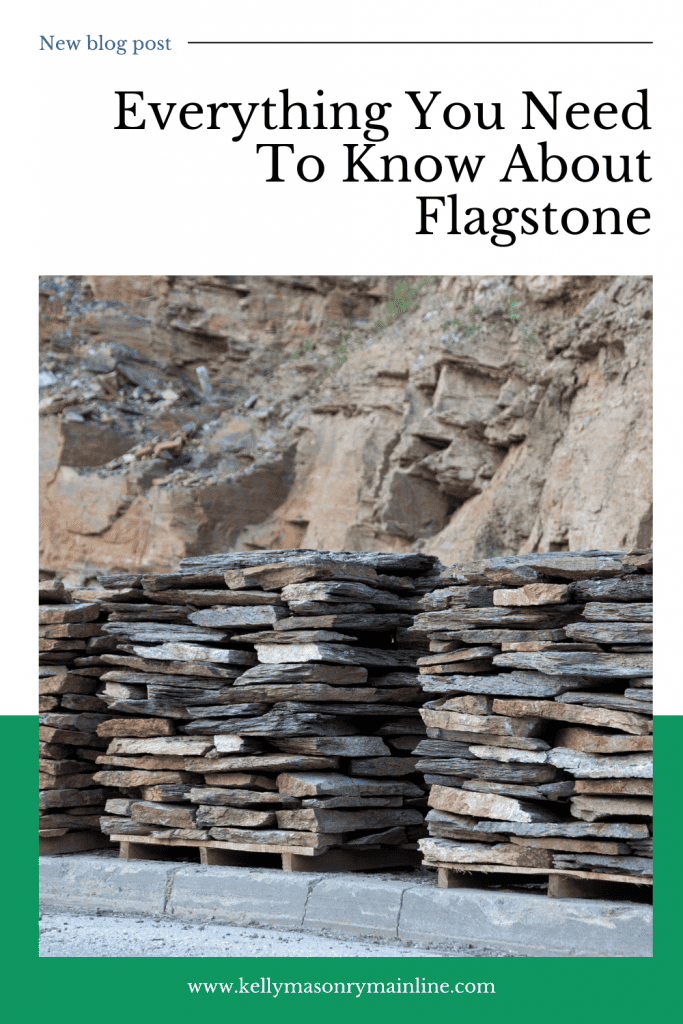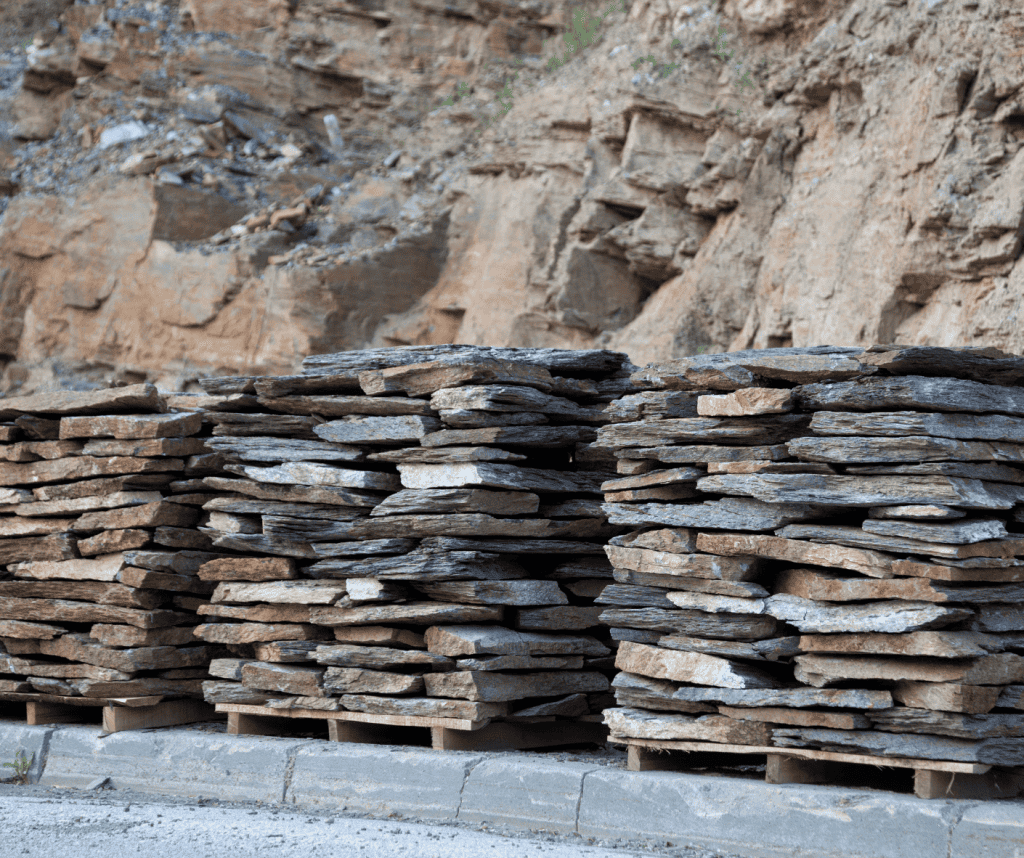
Introduction
Flagstone is a type of sedimentary stone that is often used in outdoor applications, such as patios, walkways, and masonry. It is a popular material choice because of its durability, versatility, and aesthetic appeal.
If you are considering using flagstone for your next home improvement project, this article is for you. Keep reading to learn everything you need to know about flagstone, including its history, benefits, and drawbacks.
What is Flagstone?
Flagstone is a type of sedimentary rock, meaning it is made of smaller rocks that have been compacted together over time. It is a durable and low-maintenance material that is often used in outdoor applications, such as patios, walkways, and masonry. Flagstone comes in a variety of shades and textures.
The term “flagstone” is derived from the Middle English word “flagge,” which means “flat stone.” Flagstone is a flat stone that is often used for paving, but it can also be used for floors, walls, and roofs.
Flagstone is a popular choice for both indoor and outdoor applications and can be used to create a variety of looks, from a rustic charm to a more modern appeal. It’s also easy to care for, making it a great choice for busy families or those who entertain often.

What are the benefits of flagstone?
Flagstone is a durable and low-maintenance material that is ideal for a variety of outdoor applications. It is also a beautiful material that can add value to your home. Here are some of the key benefits of flagstone:
- Flagstone is a durable material that can last for decades with proper care and maintenance.
- Flagstone is a low-maintenance material that does not require sealing or other annual maintenance.
- Flagstone is slip-resistant, making it a safe choice for walkways and other high-traffic areas.
- Flagstone is a porous material that allows water to drain through, making it an ideal choice for landscaping projects.
- Flagstone is a beautiful material that comes in a wide range of colors and textures.
- Flagstone can increase the value of your home. Flagstone is a beautiful and versatile material that can enhance the curb appeal of your home.
If you are looking for a durable and low-maintenance material for your next home improvement project, flagstone is a great option to consider.
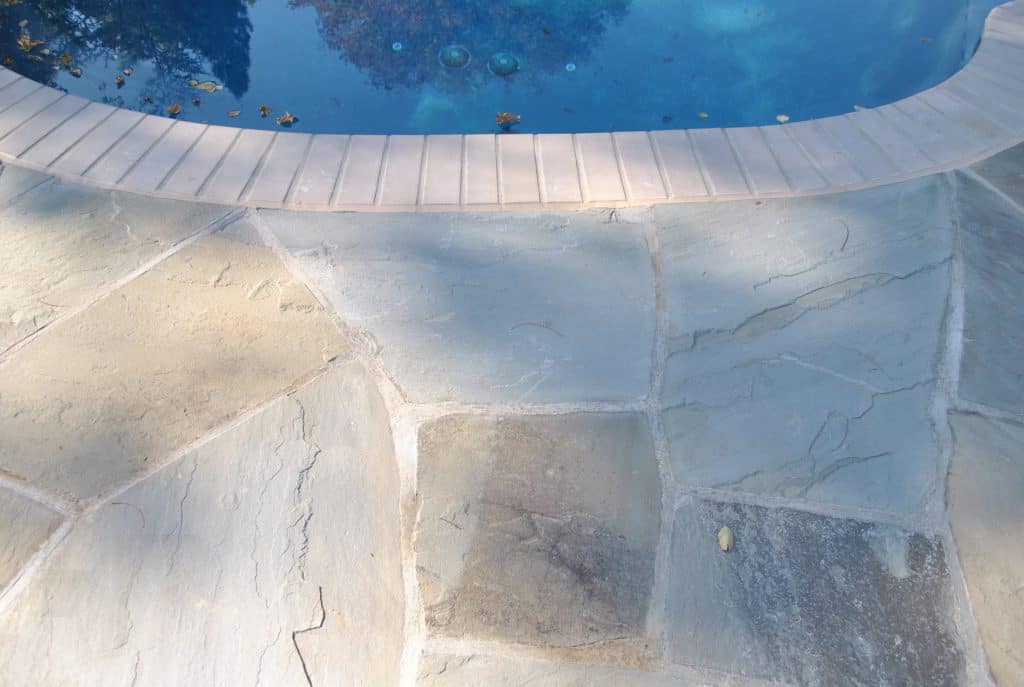
What are the drawbacks of flagstone?
Flagstone is a durable and low-maintenance material, but it does have a few drawbacks. Here are some of the potential drawbacks of flagstone:
- Flagstone is a heavy material that can be difficult to install. It is important to hire a professional installer if you decide to use it for your next home improvement project.
- Flagstone is a porous material that can absorb stains.
- Flagstone can also be a bit expensive, depending on the type of stone you choose.
What are the different types of flagstones?
Flagstone comes in a wide range of colors and textures, which allows for a variety of design options. The most common types of flagstone are listed below:
- Sandstone: Sandstone is a type of flagstone that is composed of smaller grains of sand that have been compacted together. It is a popular choice for patios and walkways because of its smooth texture and wide range of colors.
- Limestone: Limestone is a type of flagstone that is composed of calcium carbonate. It is a durable material that is often used in outdoor applications. Limestone is available in a wide range of colors, including white, gray, black, and blue.
- Slate: Slate is a type of flagstone that is composed of fine-grained clay and minerals. It is a durable material that is often used in outdoor applications. Slate is available in a wide range of colors, including black, gray, green, and purple.
- Quartzite: Quartzite is a type of flagstone that is composed of quartz sandstone. It is a durable material that is often used in outdoor applications. Quartzite is available in a wide range of colors, including white, gray, and pink.
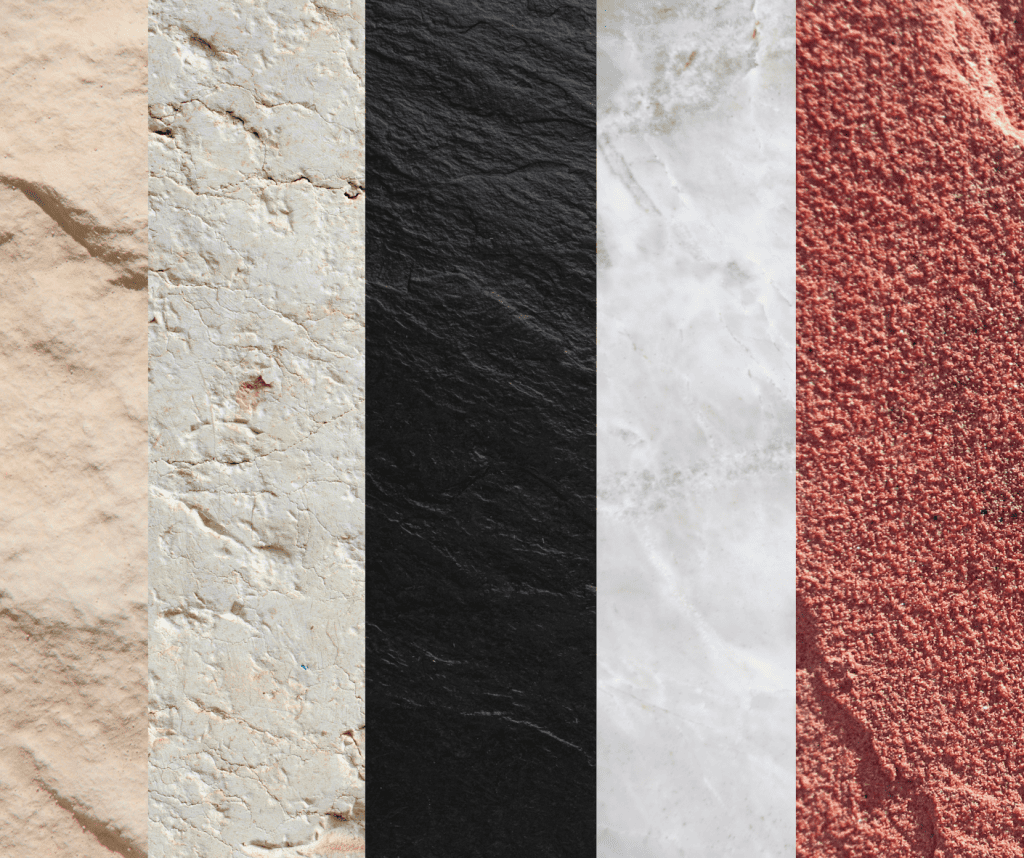
What is the difference between flagstone and pavers?
Flagstone and pavers are both types of material that can be used for outdoor applications, such as patios and walkways.
- Flagstone is a type of sedimentary rock that is composed of smaller grains of sand that have been compacted together. If you want the natural look, flagstone is your top option.
- Pavers are made of concrete, brick, or stone. They are manufactured in a variety of shapes and sizes and don’t have the natural look flagstone does.
Flagstone is a popular choice for walkways, patios, and other outdoor spaces. Its natural appearance can enhance the beauty of any home, and it is relatively easy to care for.
Next Steps
If you are considering installing flagstone in your home, it is important to keep a few things in mind. First, flagstone is a heavy material, so you will need to make sure that your surface can support its weight. Second, flagstone is a porous material, so it is important to seal it before use. Finally, flagstone can be slippery when wet, so it is important to choose a surface that will provide good traction.
Care for your flagstone surface is relatively easy. Sweep it regularly to remove debris, and hose it down as needed to remove dirt and stains. You may also need to reseal your flagstone periodically.
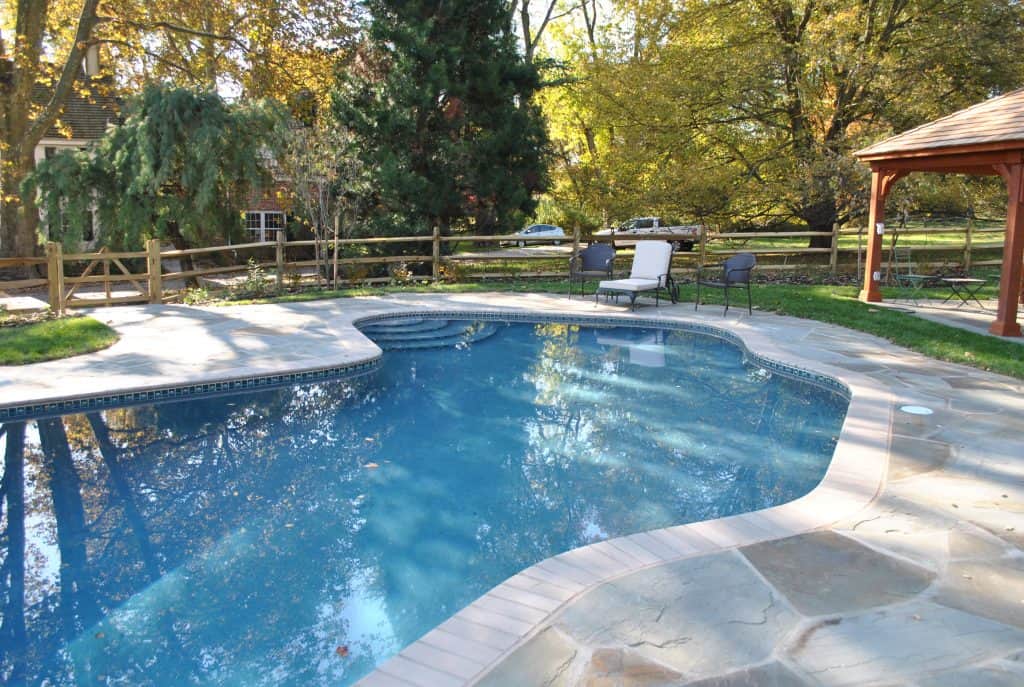
Let’s Review: Flagstone FAQS
Q: What is flagstone?
A: Flagstone is a type of sedimentary rock that is found in a variety of colors and textures. It is often used for paving projects because it is durable and has a natural slip-resistant surface.
Q: Where does flagstone come from?
A: Flagstone is found all over the world, but it is most commonly sourced from the United States, Canada, China, and India.
Q: How is flagstone formed?
A: Flagstone is formed through a process of sedimentation, where layers of rock and dirt are compacted together over time. The resulting stone is then cut into the desired shape and size.
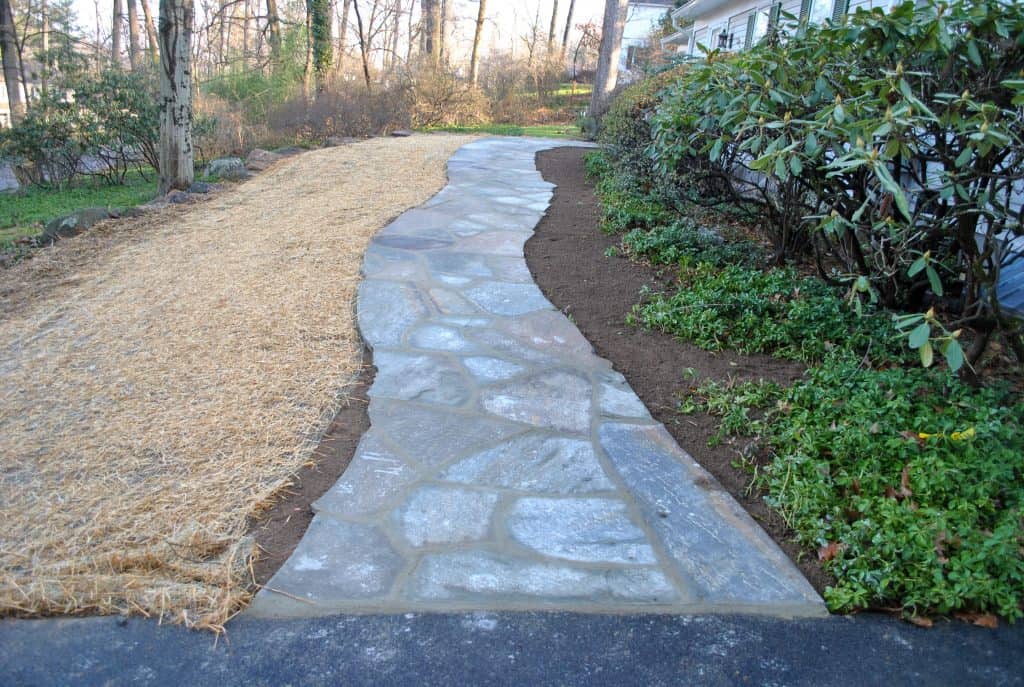
Conclusion
Flagstone is a beautiful and durable natural stone that can be used for a variety of projects. It is important to discuss your specific project with an experienced mason to ensure that the stone is properly installed and will last for many years to come. Contact us today to discuss your flagstone project!

